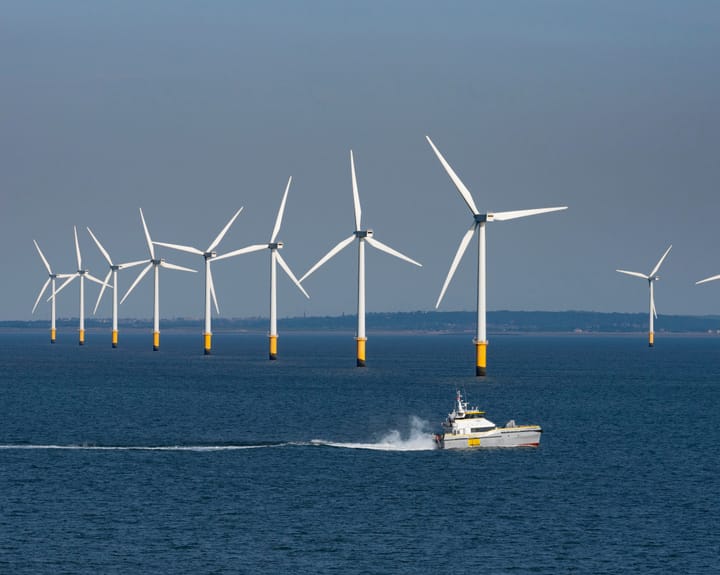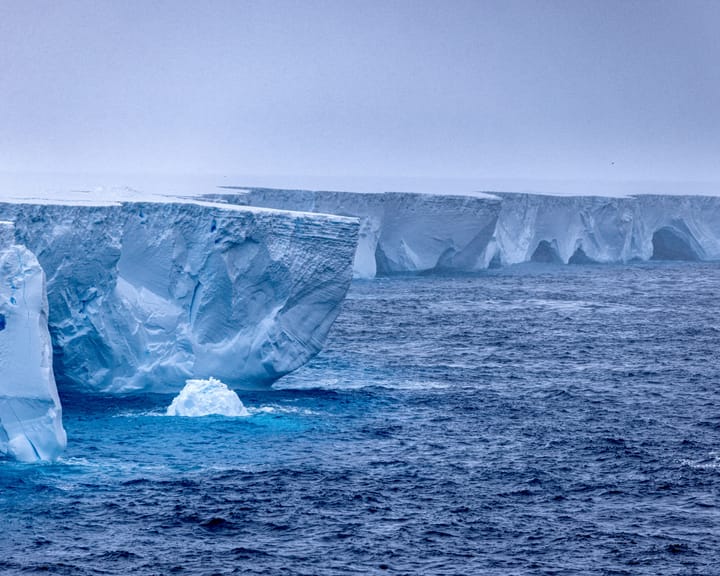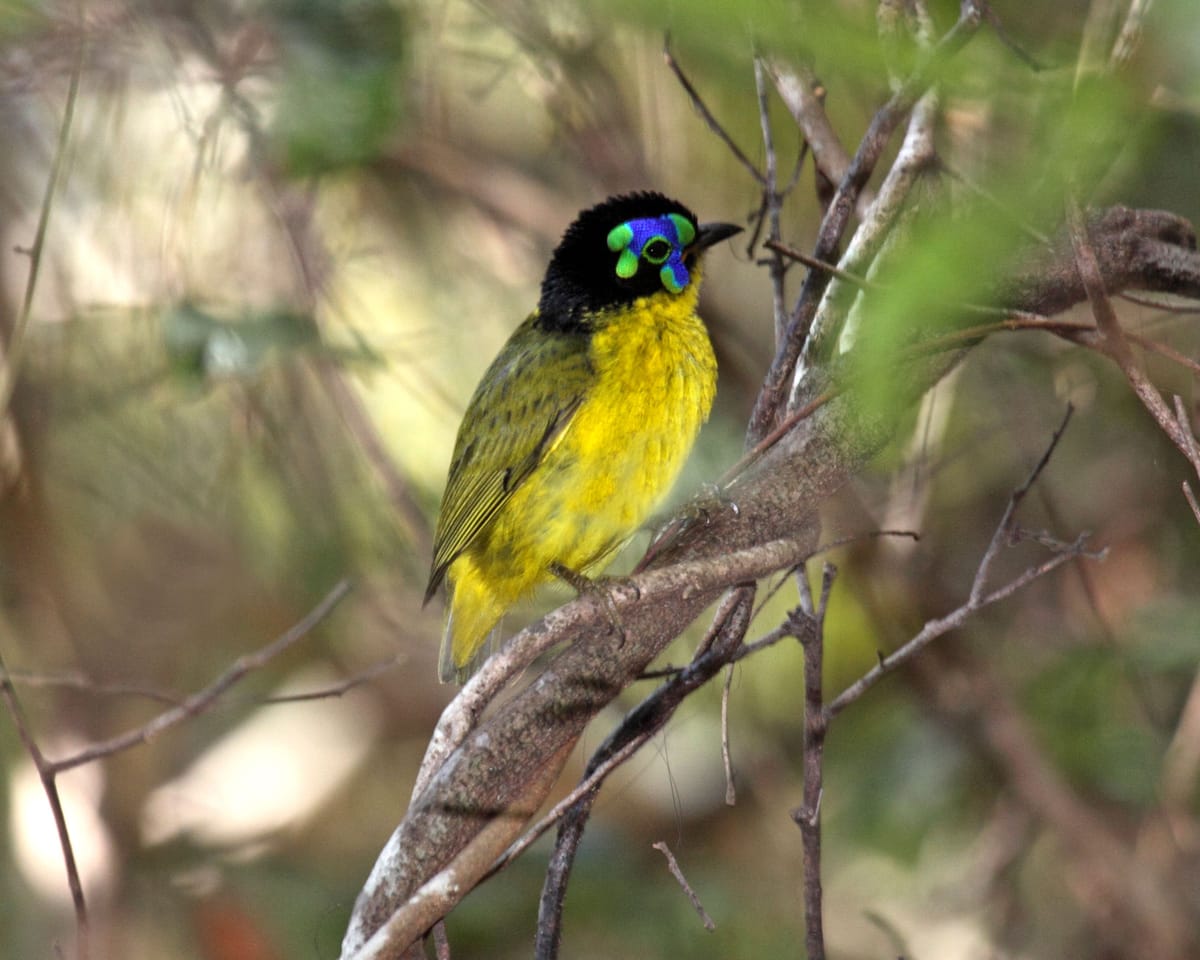More Than Half of Bird Species in Decline, Study Finds
A new global assessment reveals that over half of all bird species are experiencing population declines, with deforestation playing a major role in the crisis.
With a key biodiversity conference approaching in the UAE, researchers have issued another warning about the state of bird populations. According to recent data, 61% of assessed species now show decreasing numbers.
Species such as Schlegel’s asity in Madagascar and the northern nightingale-wren in Central America have suffered habitat loss due to expanding agriculture and urban development. Just nine years ago, only 44% of assessed bird species were in decline, based on the International Union for Conservation of Nature (IUCN) red list.
Dr. Ian Burfield, BirdLife’s global science coordinator, stated: “The fact that three in five bird species worldwide have shrinking populations highlights the severity of the biodiversity crisis. Governments must act on their commitments under existing agreements to address this urgent issue.”
The findings come as conservation experts prepare to gather in Abu Dhabi for the IUCN’s meeting, where discussions will focus on protecting endangered wildlife. Amid global challenges to environmental action, scientists are calling on governments to follow through with policies aimed at safeguarding nature.
Birds are vital to ecosystems, supporting pollination, seed dispersal, and pest control. For example, hornbills in tropical regions can spread up to 12,700 large seeds per day within a single square kilometer.
Dr. Malin Rivers of Botanic Gardens Conservation International noted, “Birds and trees depend on each other—trees need birds to reproduce, and birds rely on trees for survival.”
Meanwhile, the green sea turtle’s recovery has been cited as a conservation success. Once listed as endangered, it is now considered a species of least concern. Increased protection of nesting sites in Ascension Island, Brazil, Mexico, and Hawaii has led to a 28% population rise since the 1970s.
Roderic Mast of IUCN’s marine turtle specialist group called the improvement “a clear demonstration of how long-term global conservation efforts can stabilize and even restore marine species.”
However, Arctic seals face growing threats, with scientists warning that rising temperatures are pushing them closer to extinction. Declining sea ice has caused significant drops in bearded and harp seal populations, forcing them to struggle in finding resting and breeding grounds. Their decline could also impact polar bears, which rely on them as a key food source.
Read next

"Top global wind farm developer slashes 25% of jobs"
Wind Energy Firm Ørsted to Reduce Workforce by a Quarter Amid Industry Challenges
One of the world’s largest windfarm developers will reduce its workforce by 25% over the next two years following a series of difficulties in the sector.
Danish energy company Ørsted intends to cut around 2,000

"Giant iceberg disintegrates four decades later: A rare survival story"
Gigantic Antarctic Iceberg Nears Disintegration After Nearly Four Decades
Nearly 40 years after separating from Antarctica, a massive iceberg—one of the oldest and largest ever recorded—is rapidly breaking apart in warmer waters and could vanish entirely in weeks.
Earlier this year, the iceberg, called A23a, weighed just under

"Malawi's pioneering climbers push limits and trust in self to scale new heights"
Emmanuel Jekete was attending secondary school in 2019 when his mother’s employer, a Canadian, invited him to try a climbing wall in his garden in Lilongwe, Malawi’s capital. Jekete initially found it simple to scale the plastic holds on the vertical wooden board. But when the wall extended

